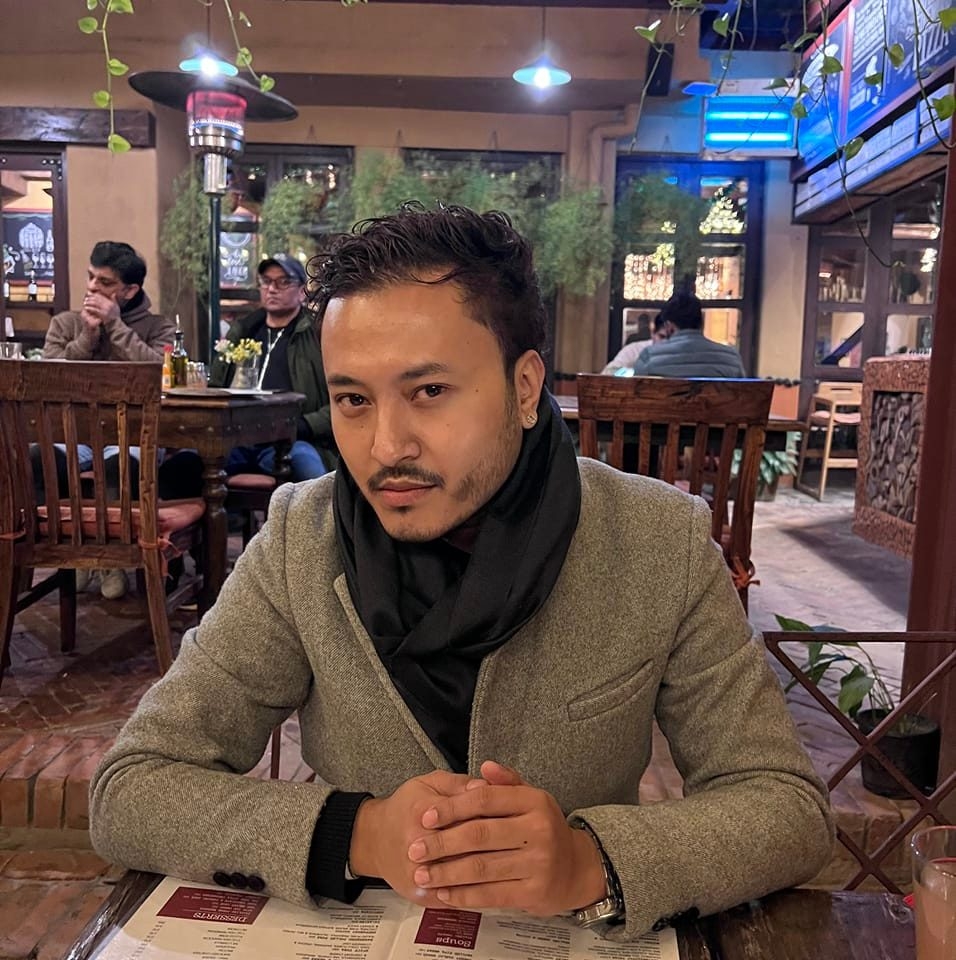Columns
Schools and LGBTQI+ children
The heteronormative school culture disregards the rights and well-being of children.
Saroj KC & Ayush Joshi
Recent research conducted by Save the Children highlights the escalating stigma and discrimination within schools, perpetuated by negative social norms surrounding the LGBTQI+ community. The prevailing heteronormative school culture often disregards the rights and well-being of children with diverse sexual orientations, gender identities, expressions and sex characteristics. Inadequate safeguarding measures, limited understanding and superficial inclusion of LGBTQI+ topics in school curricula contribute to the unsafe practices targeting LGBTQI+ children.
Nepal has signed several legally binding human rights instruments, including the UN Convention on the Rights of the Child. The convention guarantees rights without any discrimination for every child, including LGBTQI+ children. The Constitution of Nepal 2015 recognises the rights of sexual and gender minorities to identity (Article 12), to equality (Article 18) and to social justice (Article 42). However, despite the progressive strides, there is a need for more comprehensive safeguards to protect LGBTQI+ children. The existing legislation fails to acknowledge the unique issues faced by the LGBTQI+ community. Despite provisions for equity and inclusion in the education sector outlined in the School Sector Development Plan (2016-23), explicit inclusion of LGBTQI+ children is lacking. Furthermore, the current curriculum and textbooks inadequately address sexual orientation and gender identity.
Increase in violence
Violence against LGBTQ+ children is a prevalent issue within the school environment, including physical, sexual and psychological violence, as well as bullying and mistreatment. Studies reveal high rates of verbal harassment experienced by LGBTQI+ individuals in educational settings, resulting in underachievement, poor academic performance, increased absenteeism and high dropout rates.
The disregard for the mental and social well-being of LGBTQI+ children and the misguided justification of bullying as disciplinary action contribute to further harm. Similarly, promoting comprehensive sexuality education is a commendable step taken by Nepal, aligning with the UNESCO technical guidance. However, there remains a significant gap in addressing sexual orientation and gender identity within textbooks. Teachers lack the necessary knowledge and child-friendly supplementary materials to effectively teach this subject.
To ensure safe schools for LGBTQI+ children, sensitising teachers on LGBTQ+ issues is crucial. A more empathetic approach to reviewing the situation is needed, alongside a sincere and holistic effort to safeguard their rights and safety. Sensitisation programmes can foster knowledge, attitude, practice and role-modelling behaviour among teachers. The Safe School Coalition in Australia serves as an example of inclusive educational practices, supporting and encouraging LGBTQI+ students while inspiring role-modelling behaviour among students and teachers.
Encouraging the introduction of localised information materials on LGBTQI+ issues in comprehensive sexuality education classes from an early stage is important. Additionally, severe sanctions should be implemented to address bullying towards LGBTQI+ students, both legally and socially. Awareness campaigns, such as the animation video produced by Save the Children and Blue Diamond Society, can shed light on the plight of LGBTQI+ students and emphasise the need for respectful behaviour among teachers, promoting help-seeking and reporting.
Nepal is the second country in Asia, after Mongolia, to include comprehensive sexuality education, a UNESCO-prescribed curriculum-based teaching and learning process on sexuality education. The curriculum of Grades 6-8 of social studies includes "third gender" under the sub-chapter of gender mainstreaming, and likewise, the curriculum of Environment, Health and Population of Grades 7, 8 and 9 includes information about sexual and reproductive health. Similarly, In 2022, the Curriculum Development Centre of Nepal included contents about sexual orientation, gender identity, sexuality education, homosexuality and heterosexuality and defines the terms LGBTI in the textbook of Health, Physical Education and Creative Arts of Grade 7. However, the textbooks still lack in-depth content relating to sexual orientation and gender identity. Also, the teachers are not equipped with the knowledge to teach, and students do not have supplementary child-friendly materials to enhance their knowledge about comprehensive sexuality education.
Way forward
Inclusion and safeguarding practices in schools require multi-level engagement from teachers, parents, academia and policymakers. A more stringent mechanism should be established to review and critically analyse textbooks and curricula, advocating for the introduction of LGBTQI+ issues from both a rights-based and protection-oriented perspective. At the policy level, the government should hold accountability for the inclusion, protection and education of LGBTQI+ children in the National Child Rights Policy and the National Plan of Action for Children, along with annual policy and programmes. It should strengthen the existing child protection system to eliminate all forms of abuse, discrimination and violence against LGBTQ+ children at home, schools and communities. The existing curriculum and textbooks/teaching materials should be made inclusive in terms of sexuality education.
At the community level, school and community-based child clubs could instigate awareness-raising on non-discrimination, anti-bullying and comprehensive sexuality education. Capacity building and sensitisation of protection authorities, including law enforcement agencies and other service providers, should be prioritised to effectively address cases of abuse, discrimination and violence against LGBTQI+ children. At the individual level, parents and family members should be educated to clear misconceptions and understand negative cultural norms around LGBTQI+ children's gender identity. They should be encouraged to create a supportive environment at home for their children. The capacity of school teachers should be built to embrace an inclusive teaching-learning process in school through changes in their knowledge, attitude, and behaviours. Students should be equipped with the knowledge to understand and be accepting of LGBTQI+ children's sexuality and gender identity and their rights, along with the skills and confidence to respond to abuse and harassment against them.




 11.12°C Kathmandu
11.12°C Kathmandu
















